If Hanukkah is not “Jewish Christmas,” what is it?
By Heidi Rabinowitz, The Book of Life
Sparkling lights, the smell of cinnamon in the air, everyone wishing good cheer to strangers – who wouldn’t want to participate in the festive Christmas season? But the “most wonderful time of the year” can also be the weirdest time of the year for Americans who don’t celebrate Christmas.
The December Dilemma
Jewish Americans have dealt with the “December Dilemma” in a number of ways, from opting out (think movies and Chinese food on Christmas Day), to helping Christian friends celebrate (think tree decorating parties), to adopting or adapting non-religious Christmas customs (think Hanukkah bushes and ugly sweaters), to ramping up Hanukkah celebrations (think merch, big gifts, and the White House menorah). Around the turn of the last century, Jewish immigrants adopted Christmas customs to signal their Americanization, and the move towards commercialization of the holiday season has exacerbated that. These days, many Jewish families celebrate “Chrismukkah” so that their children won’t feel left out of the fun. It’s confusing enough for us Jews, so it’s no wonder that others are often left with the impression that Hanukkah is just a Jewish version of Christmas.
Hanukkah in Context
The truth is that Hanukkah is a minor Jewish holiday commemorating a military victory in the 2nd century BCE Jerusalem, in which a small Jewish army defeated the larger Syrian Greek army in order to resist forced assimilation. Hanukkah is not even mentioned in the Torah, which was written before that time, appearing instead in the Apocrypha in Maccabees I and II. It’s much less important than Jewish holidays like Rosh Hashanah, Yom Kippur, and Passover.
To help you untangle some of this Hanukkah mishegoss (Yiddish for craziness), here is a selection of picture books that will walk you through the holiday’s history and customs, the interfaith experience, allyship between Jews and non-Jews, and even a book about a genuinely important Jewish holiday (hint: not Hanukkah).
Words by Tilda Balsley, illustrated by David Harrington, Kar-Ben Publishing, 2010 (Ages 4-10)
The origins of the holiday
In 164 BCE, King Antiochus ruled over Judeah, insisting that everyone conform to his Greek practices. Some Jews assimilated, others left, but the Jewish priest Mattathias and his five sons resisted. This book’s refrain “Sometimes it only takes a few, who know what’s right, and do it, too” emphasizes the minority status not only of the Jews, but of the Maccabees within the larger Jewish community.
Angry, Antiochus desecrated the Jewish temple with idols. Judah “Maccabee” (Aramaic for “hammer” because he was fierce in battle) led a small band of fighters who eventually defeated their enemies, and rededicated the temple by lighting the menorah. That unlikely victory is one of the “miracles of Hanukkah” – the other is that a single jug of holy oil somehow burned for eight whole days in the menorah. In all honesty, the actual history is something of a convoluted soap opera, but the rollicking rhymes in this book convey the basics entertainingly. A more straightforward retelling can be found in The Story of Hanukkah by David A. Adler, illustrated by Jill Weber (Ages 4-8). If you can find a copy of the out-of-print book The Miracle of Hanukkah by Seymour Chwast (Ages 4-8), you’ll get a simple retelling on cleverly designed pages that increase in size as the story progresses.
Learn More!
- The Story of Hanukkah by David A. Adler, illustrated by Jill Weber, Holiday House, 2011 (Ages 4-8)
- The Miracle of Hanukkah by Seymour Chwast, Blue Apple Books, 2011 (Ages 4-8)
by Jacqueline Jules, illustrated by Kristina Swarner, Kar-Ben Publishing, 2018 (ages 4 and up)
A Hanukkah Handbook by Jacqueline Jules, illustrated by Kristina Swarner (Ages 4 and up)
Customs, rituals, songs, activities, recipes
For each of the eight nights of Hanukkah, this book offers a free verse poem and a meaningful reflection to ponder during the candle-lighting ceremony, accompanied by a dreamy pastel illustration. But wait, there’s more! You also get clear explanations of history and customs, instructions for craft projects and the dreidel game, sheet music for songs, and recipes for potato latkes and sufganiyot, the traditional jelly doughnuts. The book is a terrific resource for families; at storytime, share your favorite snippets from amongst its pages.
For narrative storytime read-alouds, Is It Hanukkah Yet? by Nancy Krulik, illustrated by Monique Dong (Ages 4-6), is an easy reader with a charming, simple depiction of modern Hanukkah customs, and the award-winning All-of-a-Kind Family Hanukkah by Emily Jenkins, illustrated by Paul O. Zelinsky (Ages 3-8), is a cozy family story of love and latkes.
Learn More!
- Light the Menorah: A Hanukkah Handbook by Jacqueline Jules, illustrated by Kristina Swarner, Kar-Ben Publishing, 2018 (ages 4 and up)
- 2019 Sydney Taylor Notable Book, Older Readers Category
- Author interview, The Book of Life Podcast, November 2018
- Is It Hanukkah Yet? by Nancy Krulik, illustrated by Monique Dong, Random House Books for Young Readers, 2021 (Ages 4-6)
“JEW” VS “JEWISH”?
Why do we tend to say “Jewish people” and avoid the term “Jew”? Both are technically correct, but the word “Jew” has been bandied about by antisemites for many years, gaining negative connotations. From Shakespeare’s depiction of the devilish Shylock, frequently referred to as “the Jew,” to the contemporary slang “Jew down” meaning to stingily demand a lower price, the word has become ugly in the mouths of haters.
The word “Jew” is noble, coming from the Hebrew “Yehudi,” the root of which means to praise God. There is a modern movement to reclaim the word, in the way that the LGBTQ community has reclaimed the term “Queer” from a slur into a term of community pride. Reader, you can help with this effort. When appropriate, say the word “Jew” in an accurate and positive way to help normalize its usage.
by Karen Fisman, illustrated by Martha Aviles, Kar-Ben Publishing, 2015 (Ages 4-10)
A Jewish girl’s faith is lovingly supported by her Christian grandmother
On the plane ride to visit her Italian Christian grandma and cousins, Rachel loses her backpack containing her new menorah. Nonna comes to the rescue, asking to learn about Hanukkah and crafting a beautiful homemade menorah. This book is unique in its depiction of a Jewish family with no Christmas envy, celebrating both Hanukkah and Christmas side by side in a loving mixed family. It’s not made explicit, but we can assume that one of Rachel’s parents has converted to Judaism. In Light the Lights! by Margaret Moorman (Ages 4-8), Emma’s Jewish dad and Christian mom share their traditions with her. Both of these books are notable for avoiding Chrismukkah mashups, instead allowing each holiday to be appreciated for what it is. It’s a pity that both are out of print, but used copies are widely available.
Learn More!
- Light the Lights! A Story About Celebrating Hanukkah and Christmas by Margaret Moorman, Cartwheel Books, 1994 (Ages 4-8)
This is what true allyship looks like
Isaac’s window displays a menorah, among a sea of neighborhood Christmas decorations. When an antisemite smashes the window, the family must decide whether to hide or to continue proudly displaying their faith. Neighbor Teresa starts a support movement and soon windows all over town display menorahs in solidarity. Lyrically told and lushly illustrated, this heart-warming model of true allyship is based on 1993 events in Billings, Montana. With the current high rate of antisemitic incidents, this story of upstanders is particularly welcome.
Learn More!
- This book was on the Fall 2021, AJL Holiday Highlights list and received excellent reviews
- Author Interview, The Book of Life Podcast, December 2021
by Jeff Gottesfeld, illustrated by Michelle Laurentia Agatha, Creston Books, 2021 (Ages 4-10)
Peace on earth, good will towards men
Al Rosen, Jewish, feels sorry for Christian neighbors who must work on Christmas Eve. He calls a radio station and offers to cover their jobs for free, beginning a decades-long tradition of doing this mitzvah (good deed) every year. His example inspires others to volunteer across boundaries, and the story culminates with the community celebrating Hanukkah with Al. Bright and cozy illustrations depict a diverse community of activists. The real Al Rosen lived in Milwaukee, Wisconsin and started this remarkable practice in 1969. The book offers a lovely example of community spirit and respect for the faith of others.
Learn More!
- Author Interview, The Book of Life Podcast, December 2021
by Deborah Heiligman, National Geographic, 2007 (Ages 7-10)
Celebrate Rosh Hashanah and Yom Kippur with Honey, Prayers, and the Shofar by Deborah Heiligman (Ages 7-10)
The Jewish New Year — “the most wonderful time of the year”!
This sumptuous photo essay, published by National Geographic, shows Jews of all ethnicities celebrating the High Holy Days around the world. Poetic text explains the symbols, practices, and meaning of Rosh Hashanah, the Jewish New Year, and Yom Kippur, the Day of Atonement, which are connected by the Days of Awe, the ten days between the two holidays. Extensive back matter provides more context.
For more of a narrative story, I recommend New Year at the Pier by April Halprin Wayland, illustrated by Stephane Jorisch (Ages 5-8), out of print but widely available used. This is a gentle story of the Rosh Hashanah practice of tashlich, a ceremony in which we refresh our souls by apologizing to each other for any hurts we’ve caused in the past year.
Learn More!
- Author Interview, The Book of Life Podcast, September 2009
- New Year at the Pier: A Rosh Hashanah Story by April Halprin Wayland, illustrated by Stéphane Jorisch, Dial Books, 2009 (Ages 5-8)
Even More Great Books!
The Latke Who Couldn’t Stop Screaming: A Christmas Story
by Lemony Snicket, illustrated by Lisa Brown, (Ages 4 and up)
Snicket’s wry humor perfectly encapsulates a talking latke’s frustration with the Christmas-centric cluelessness of talking candy canes, twinkle lights, and pine tree. This book is sneakily educational and laugh-out-loud hilarious, and it’s a crime that it’s out of print. It may be difficult to find, but it’s worth the effort.
Book Details
- The Latke Who Couldn’t Stop Screaming: A Christmas Story by Lemony Snicket, illustrated by Lisa Brown, McSweeney’s, 2007 (Ages 4 and up)
This is the classic of all Hanukkah classics. The folk hero Hershel of Ostropol stars in a clever original trickster tale that combines humor and creepiness. The detailed illustrations bring the old world setting to life and lend lots of personality to Hershel and to each unique goblin.
Book Details
- Hershel and the Hanukkah Goblins by Eric Kimmel, illustrated by Trina Schart Hyman, Holiday House, 1989 (Ages 4-10)
- 1990 Caldecott Honor
- 1989 Sydney Taylor Honor Book, Younger Readers Category
- Author Interview, The Book of Life Podcast, December 2005
The Night Before Christmas
by Clement C. Moore, illustrated by Loren Long, HarperCollins, 2020 (Ages 4 and up)
This recent version of the ultimate Christmas classic is notable for the inclusivity of its illustrations, which depict not only racial but also geographic and economic diversity. Look carefully and you’ll find a home that displays a menorah on the mantelpiece alongside the creche, indicating an interfaith household. There are many Hanukkah books that note the existence of Christmas, but this is a rare example of the gaze being turned in the other direction, and it is much appreciated.
Book Details
- The Night Before Christmas by Clement C. Moore, illustrated by Loren Long, HarperCollins, 2020 (Ages 4 and up)
More Hanukkah Books!
Want more Hanukkah books? Check out The Ultimate List of Children’s Books About Hanukkah provided by PJ Library, a program that sends free Jewish children’s books to families across the world each month. On this list, you’ll find everything from board books to chapter books, plus folktales and suggested books featuring interfaith families and Sephardic Jews. Use this list for recommendations, or consider signing up for the program yourself.
Best Holiday Books!
Want to know which Jewish holiday books are the best? The Association of Jewish Libraries has got you covered. Each spring and fall publishing season AJL publishes a Holiday Highlights list that recommends the top children’s books about Jewish holidays currently on the market.
Jewish Books For All Readers
As I mentioned above, there’s a lot more to the Jewish experience than Hanukkah. If you’d like to learn more, a great place to start is with Love Your Neighbor. This series of recommended reading lists was created by AJL to demystify Judaism for young non-Jewish readers.
#JewishBooksAreDiverseBooks
We are blessed to live in a time of increasingly diverse representation in children’s literature, but many people fail to recognize that Jewish books are diverse books. Like other diverse communities, Jews are a marginalized minority group that faces discrimination. Jews need both affirming mirror books and bridge-building window books, and we need to be part of the diversity conversation within the bookish world.
Award Winners
Since 1968, AJL’s Sydney Taylor Book Award has recognized the best children’s and teen books each year that authentically portray the Jewish experience. Winners are announced each January at ALA’s Youth Media Awards.
Reviews!
To really keep your finger on the pulse of Jewish children’s publishing, subscribe to The Sydney Taylor Shmooze, a mock award blog that evaluates new Jewish children’s and YA books year-round according to the criteria of the real Sydney Taylor Book Award.
Behind the Scenes!
Creators of Jewish children’s books reveal their secrets on The Book of Life: A Podcast About Jewish Kidlit (Mostly). An archive stretching all the way back to 2005 provides in-depth interviews with authors, illustrators, publishers, and others.
Join The Conversation!
Jewish Kidlit Mavens is a Facebook community of over 1000 members, a home for lively discussion amongst librarians, educators, authors and illustrators, agents, bloggers, publishers, and others with a strong interest in Jewish books for youth.
A note from the Lavender Librarian:
As Heidi points out in her piece, the framing of Hanukkah as a different version of Christmas gives it undue importance. It may be the most commonly known Jewish holiday, better known than the much more important traditions of Rosh Hashanah, Yom Kippur, and Passover.
This is something that comes up in many cultures when framed through the lens of a dominant culture. Think of the way we sometimes erroneously call El Día de los Muertos “Mexican Halloween” in spite of the fact that this is not accurate. When we understand every holiday through one that exists in the dominant culture we miss so much. We can even flatten the traditions we are hoping to amplify.
This, for me, is one of the reasons I believe in the importance of diverse voices. I believe in the value of #OwnVoices titles and of the value of lists by those with a deep knowledge of the literature they’re discussing. If you’re reading this and thinking of your own areas of expertise please don’t hesitate to reach out to me, Kate, via email or submit book, craft, and song recommendations to the website directly.
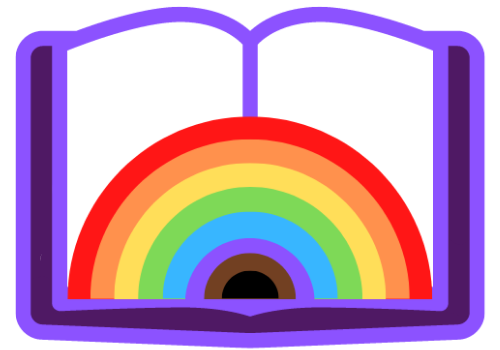
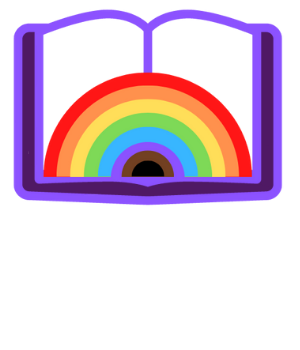
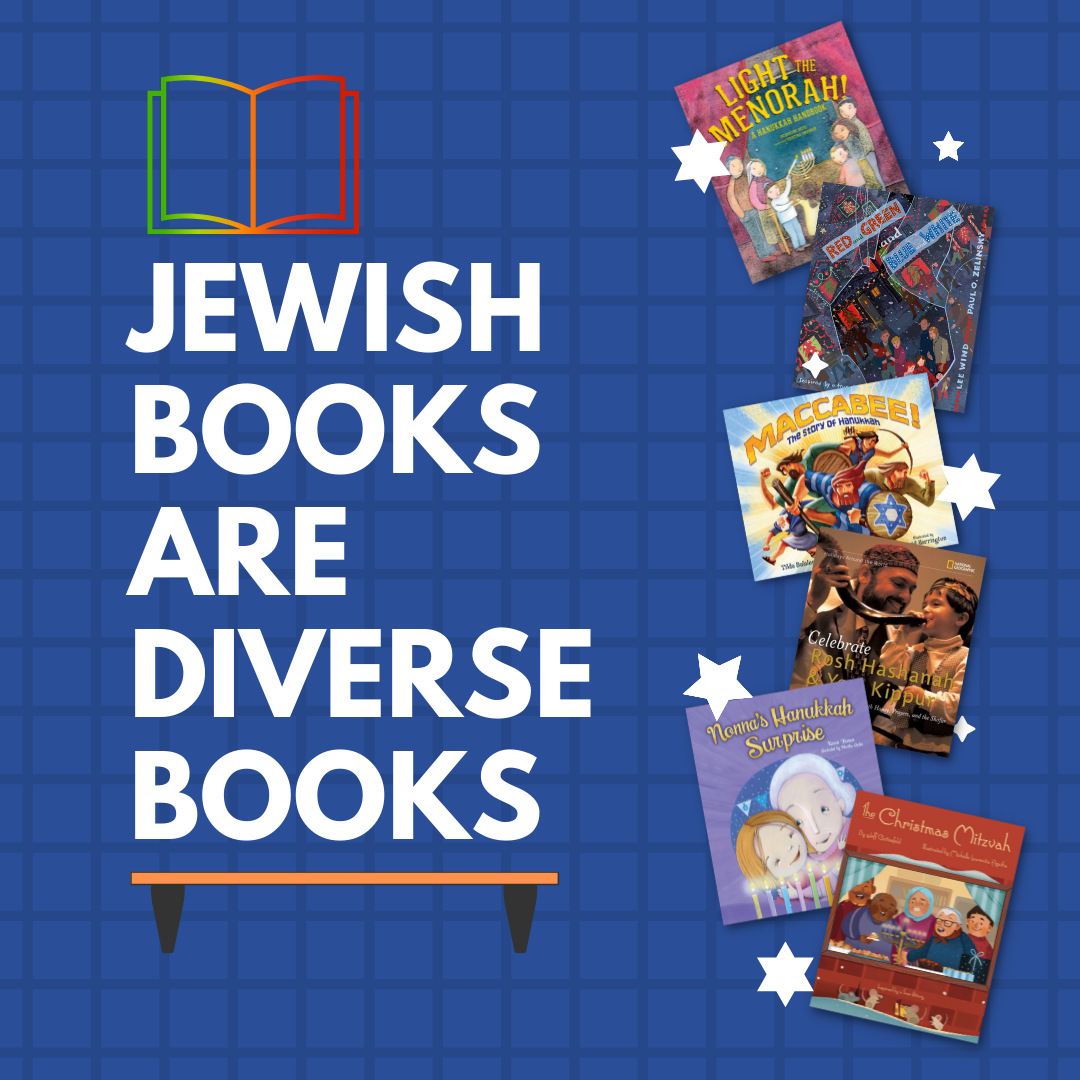

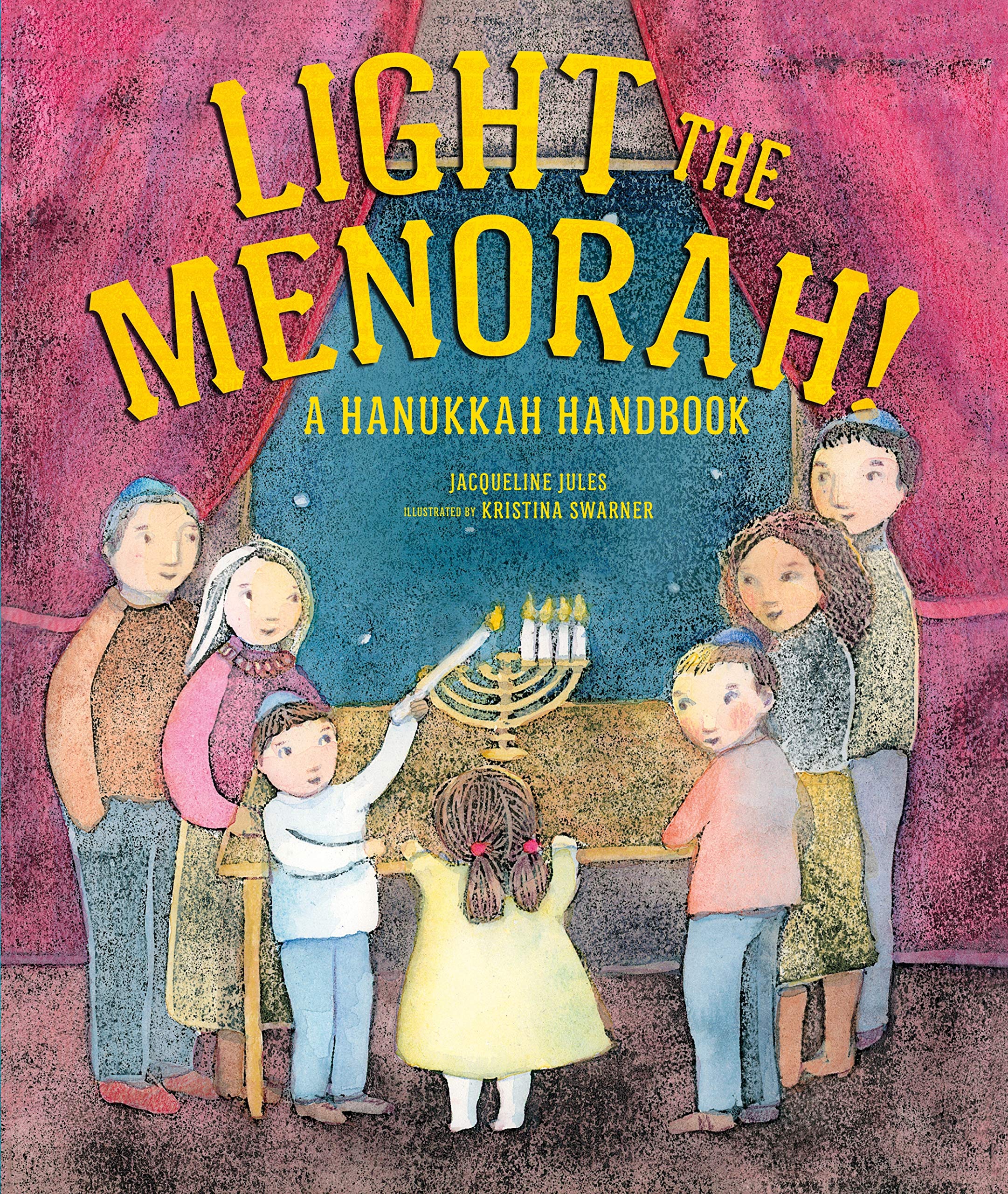
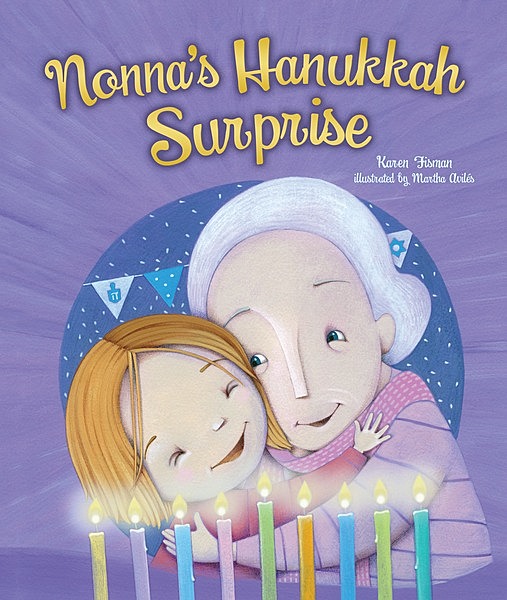
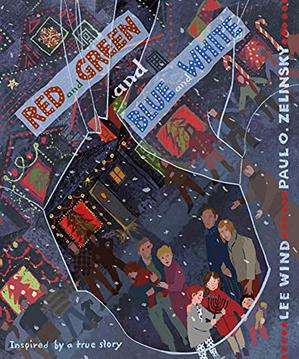
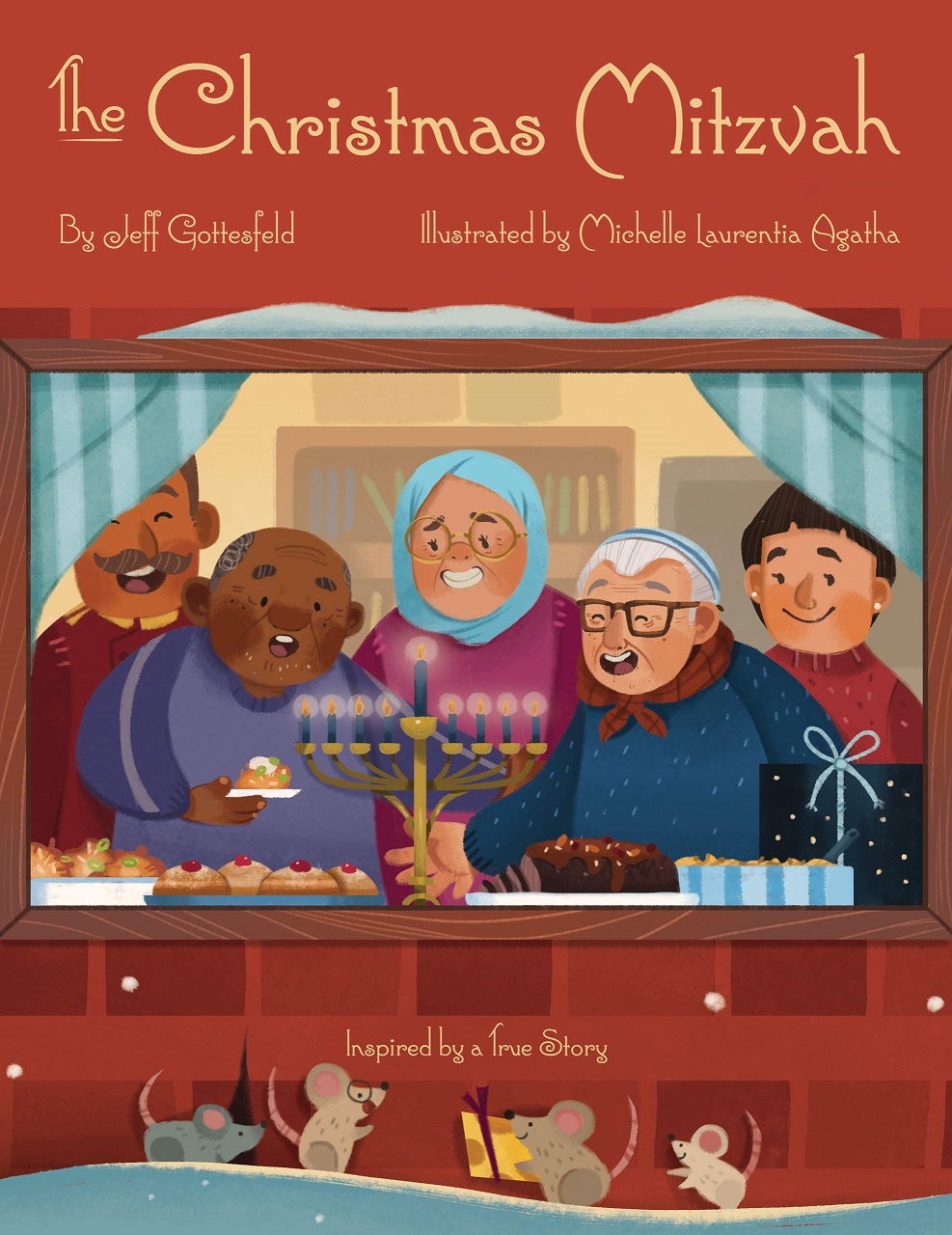
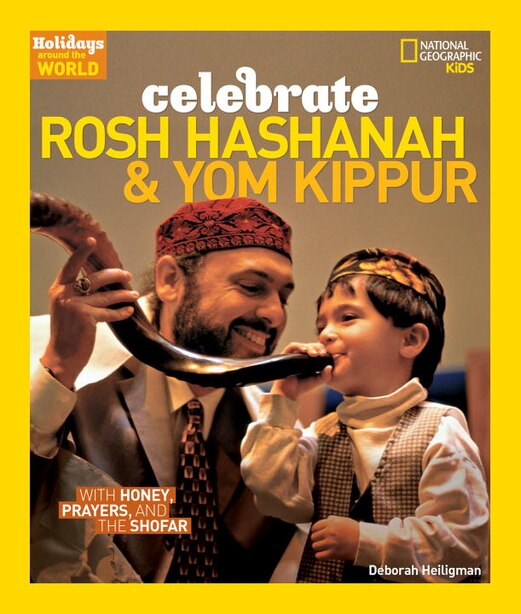
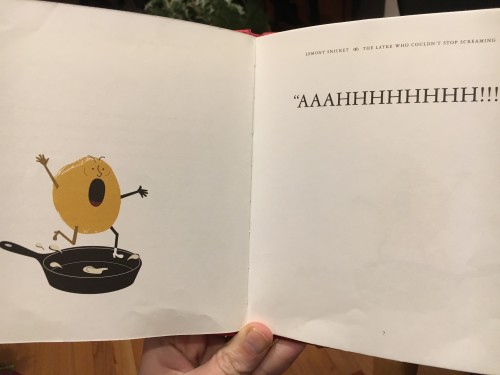
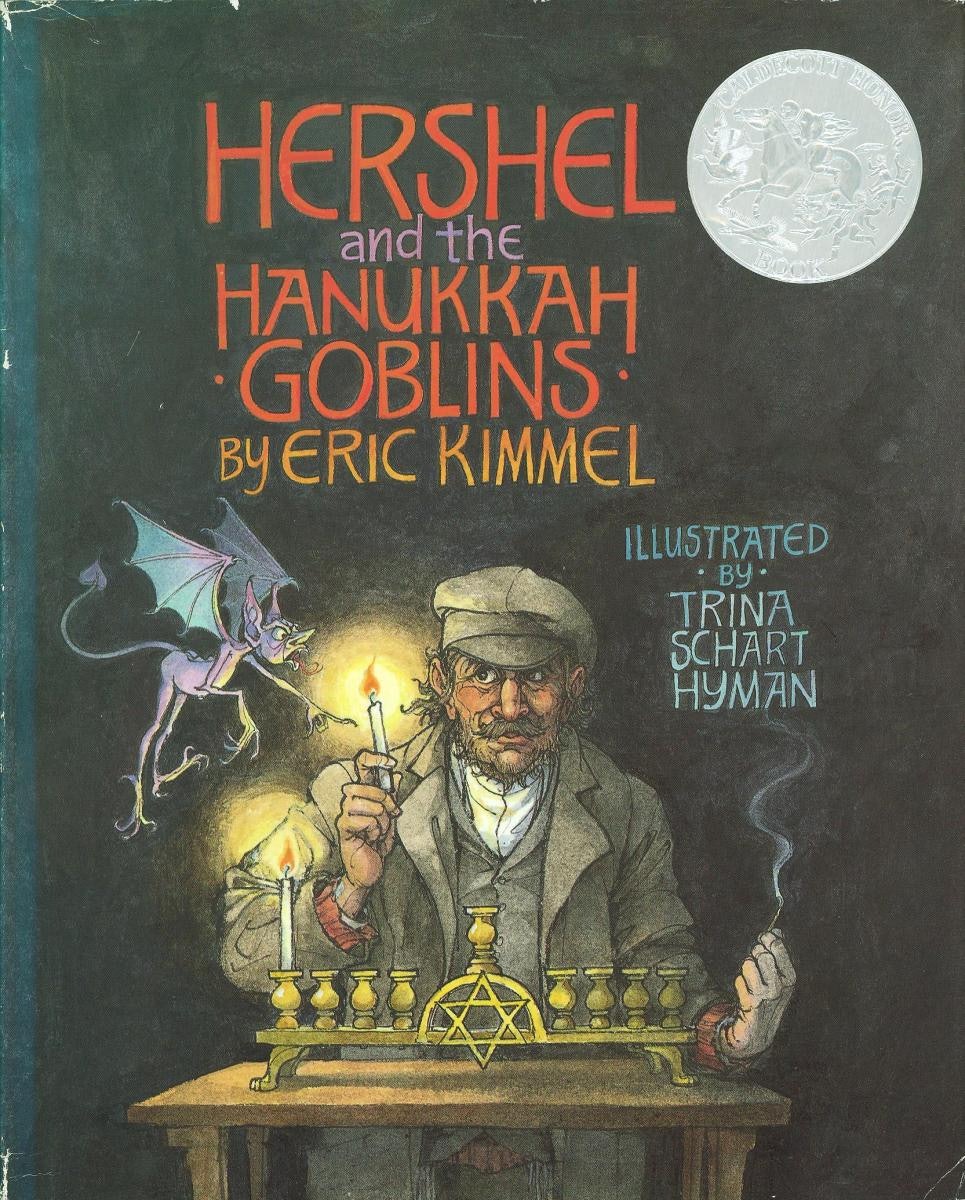
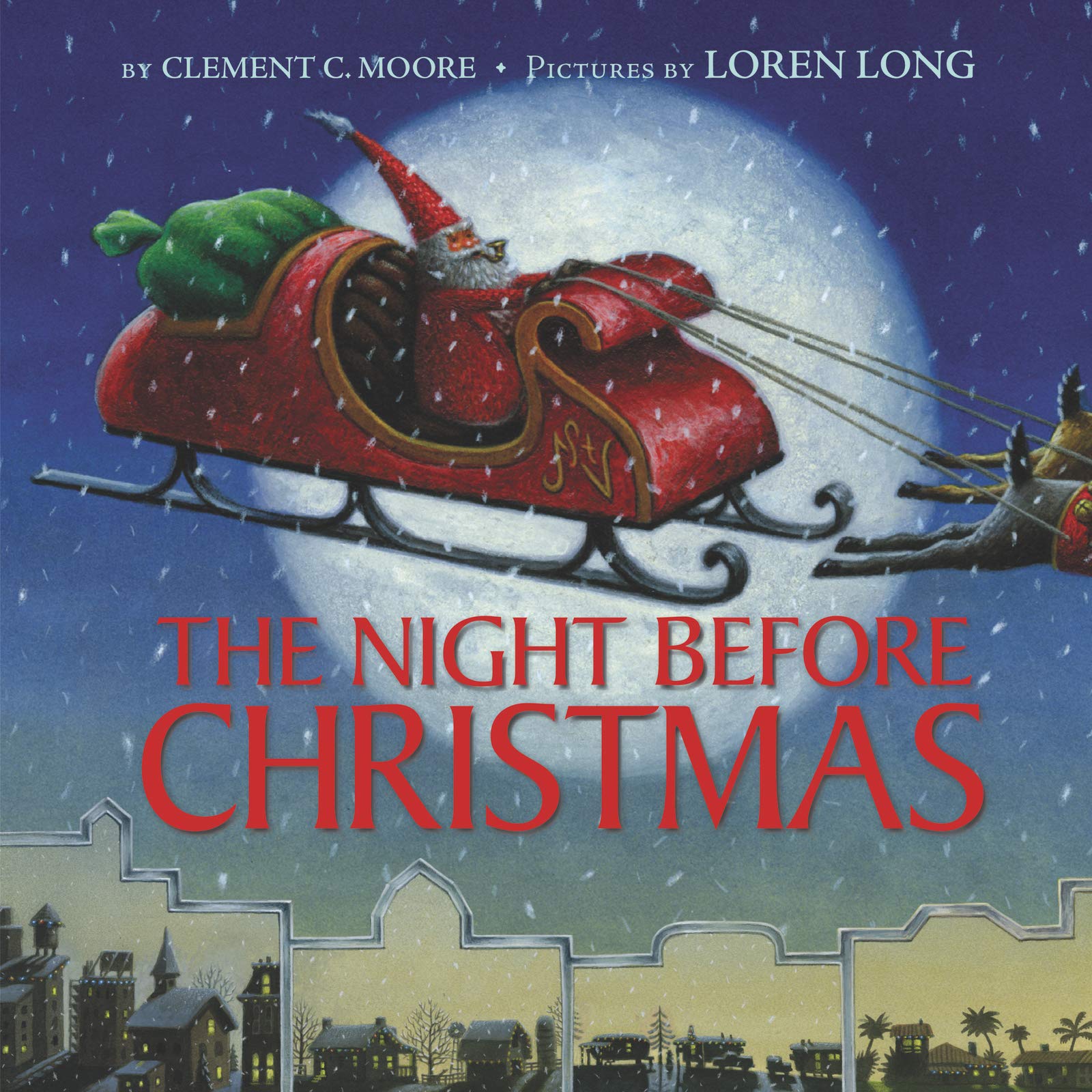
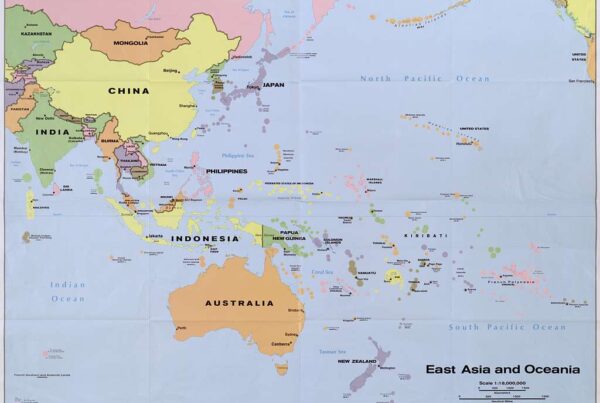
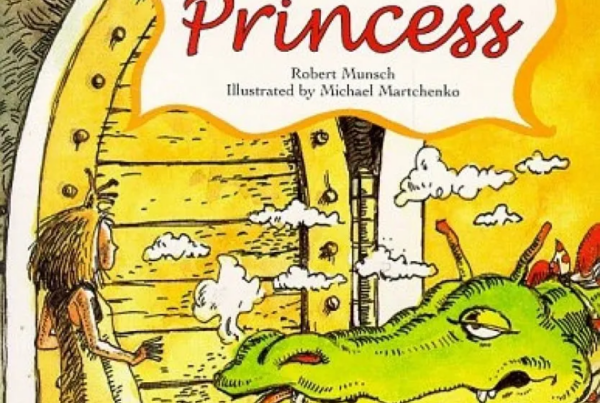
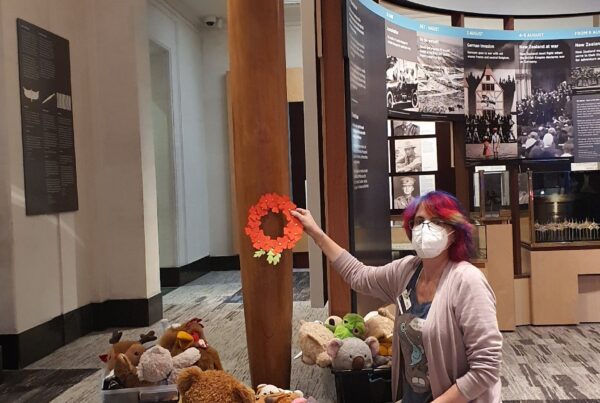
Wow, what a refreshing and eye-opening post! Thank you for all the care and resources. I realize now I am guilty of viewing Hanukkah as the “Jewish Christmas” and I am grateful for the opportunity this post has given me to reevaluate my thinking and look at the holiday with new eyes, in its own right, apart from Christmas. Most importantly, I appreciate the many books and resources provided to learn more. Next year, I’ll take more note of Rosh Hashanah and Yom Kippur!